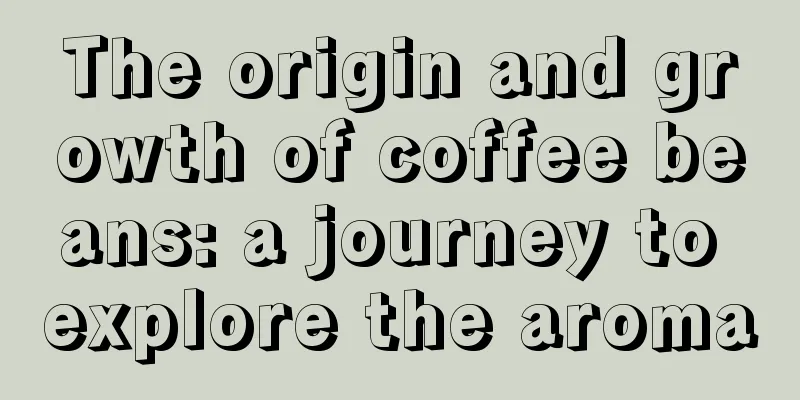Barista Qualification Examination Contents at a Glance

Barista Qualification Examination Contents at a GlanceThe Barista Certification Exam is an important standard for assessing the skills and knowledge level of baristas. The exam covers many aspects, including the origin and history of coffee, the roasting process, the variety and taste characteristics, extraction methods, etc. These contents will be introduced in detail below. 1. Origin and history of coffeeIn this section, candidates need to understand the origin of coffee and its spread. They need to understand the story of how the Arabs first discovered and used coffee beans to make a beverage, and understand how Europe came into contact with this beverage and promoted it. 2. Baking processRoasting is a necessary step to produce coffee with a strong aroma and rich taste. In this part, candidates need to understand the impact of different roasting degrees on the flavor and characteristics of coffee, and learn how to adjust the temperature and time to achieve the desired effect. 3. Varieties and flavor characteristicsThere are many different varieties of coffee, each with its own unique taste characteristics. Candidates need to understand the main coffee varieties, such as Arabica and Robusta, and be able to describe aspects of their flavor, acidity, bitterness and sweetness. 4. Extraction methodExtraction is the process of bringing coffee grounds into contact with water to extract the aroma and flavor of the coffee. In this part, candidates need to master different extraction methods (such as drip, immersion and pressure extraction) and their impact on the quality of coffee. 5. Milk frothing technologyMilk frothing is a necessary skill for making milk-based beverages such as lattes. Candidates need to learn the steps required to use a steam machine to produce fine and long-lasting milk froth, and understand the effects of adjusting the temperature and angle on the quality of milk froth. 6. Coffee ArtIn addition to basic skills, the exam will also cover some aspects of coffee art. Candidates need to understand latte art techniques, coffee cup art and creative drink making, and be able to demonstrate their creativity and artistic expression. 7. Coffee knowledge and servicesAs a barista, in addition to mastering the techniques and process of making coffee, you also need to have a wealth of coffee knowledge and provide quality service. Candidates need to learn about different countries' production areas, special processing methods, and interaction with customers. ConclusionFrom the above introduction, we can see that the content of the barista qualification examination is very comprehensive and covers many aspects. Only by fully mastering these knowledge and skills can you become a qualified barista and provide customers with a high-quality coffee experience. |
<<: The cost of barista qualification certificate is high, how to solve it?
Recommend
Fancy Coffee | You’ll understand it in seconds after reading this, you must learn this basic coffee knowledge!
Click to follow | Daily boutique coffee culture ma...
Is Indonesian coffee worth buying?
Indonesian coffee: a delicious treat worth tastin...
What brand of coffee beans do you all drink?
The impact of coffee bean brand selection on coff...
Coffee Brand Ranking: Which brands of coffee are the most popular?
Coffee Brand Ranking: Which brands of coffee are ...
Top 10 Yunnan Coffee Beans
Yunnan coffee beans: where history and global sta...
Is coffee harmful or beneficial to the body? Analyze the pros and cons of drinking coffee from a scientific perspective
Is coffee harmful or beneficial to the body? Anal...
Coffee beans: rich aroma, infinite taste of black magic
Origins and types of coffee beans Coffee beans ar...
How long should coffee beans be brewed for best results?
Coffee bean brewing time: the key factor to impro...
Do coffee beans need to be washed?
Coffee beans are an important raw material for ma...
What are the unexpected benefits of coffee for the body? It can boost your energy, enhance your immunity, protect your heart and make you full of energy.
What unexpected benefits does coffee have on the ...
Nestle instant black coffee, the pros and cons
Nestle instant black coffee is a popular drink. I...
A complete analysis of coffee types, explore the world of coffee in photos
This article introduces a complete analysis of co...
Exploring the coffee candy in the childhood memories of the post-90s generation
Abstract: This paper explores the coffee candy in...
What kind of coffee is good to drink? Learn these knowledge to make you drink more mellow, rich and healthier coffee
Coffee has always been loved by friends, and many ...
Fitness and coffee, a perfect match or a conflict?
The relationship between fitness and coffee is co...









